
A medicine woman of the Tongva nation, Toypurina helped lead a rebellion against Spanish missionaries who had invaded her homeland and, within a year of arriving, had seized land, beaten tribespeople, and forced them to work in the fields.
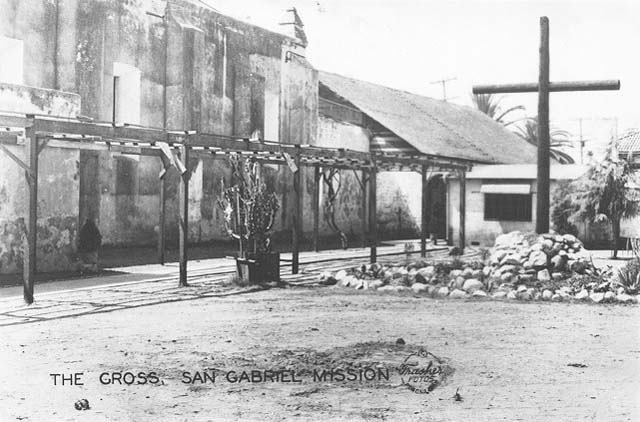
Photo: Photo of San Gabriel Mission
The missionaries had erected the San Gabriel Mission in what is now Los Angeles County, and had tried to outlaw Native culture and assimilate the Tongva tribe into Catholicism. Toypurina watched as the mission drained her village and those around it of resources. Many people died from diseases brought by the Spanish. Desperation often brought Natives to the mission door for survival. Eventually, more than 1,200 Native people in the area were baptized and subjected to Spanish rule. Toypurina hit her breaking point when the Spanish governor banned her people’s traditional dance to mourn the dead. She joined forces with Nicolás José, a baptized indigenous man living at the mission. In 1785, they devised a plan to take over the mission and expel the Spanish. Toypurina went from village to village encouraging the residents to join the rebellion. Through her effort, six villages rose up in revolt to Spanish rule. The missionaries, however, got wind of the plan. On the night of the attack, they ambushed Toypurina and the rebel villagers. The rebellion failed, and the leaders were imprisoned. At her trial, Toypurina remained defiant and gave a speech denouncing the Spanish. She was imprisoned for a year and a half. After her release she was baptized as a Christian and spent the rest of her life in exile in Northern California, near Monterey.
Quote from trial: I hate the padres and all of you, for living here on my native soil...for trespassing on the land of my forefathers and despoiling our tribal domains.
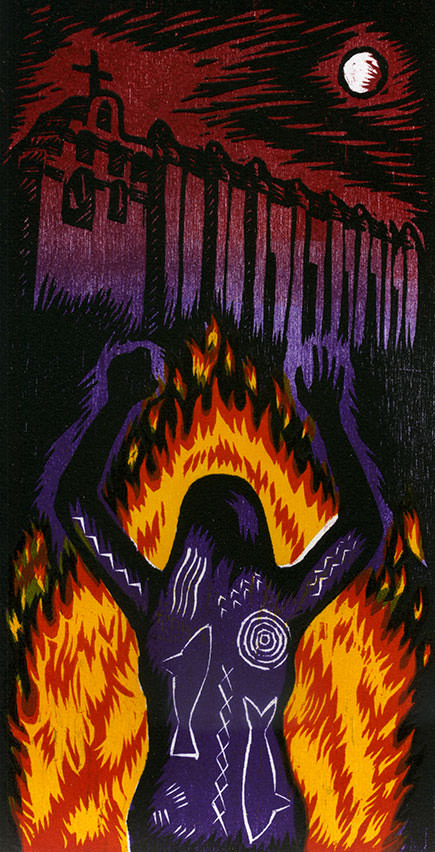
Painting of Toypurina on the night of the rebellion // Credit: Daniel Gonález @printgonzalez
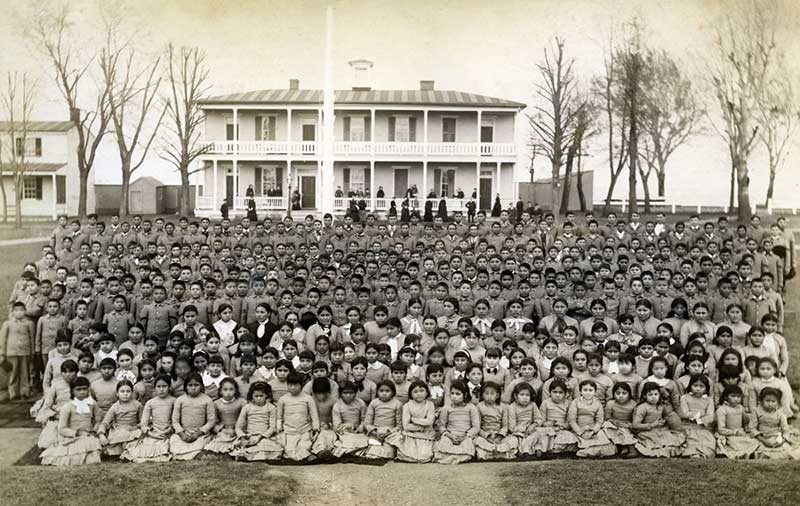
"Kill the Indian...and save the man" was the founding mission of Indian Boarding Schools, a massive government project that warehoused thousands of children in state-run institutions.
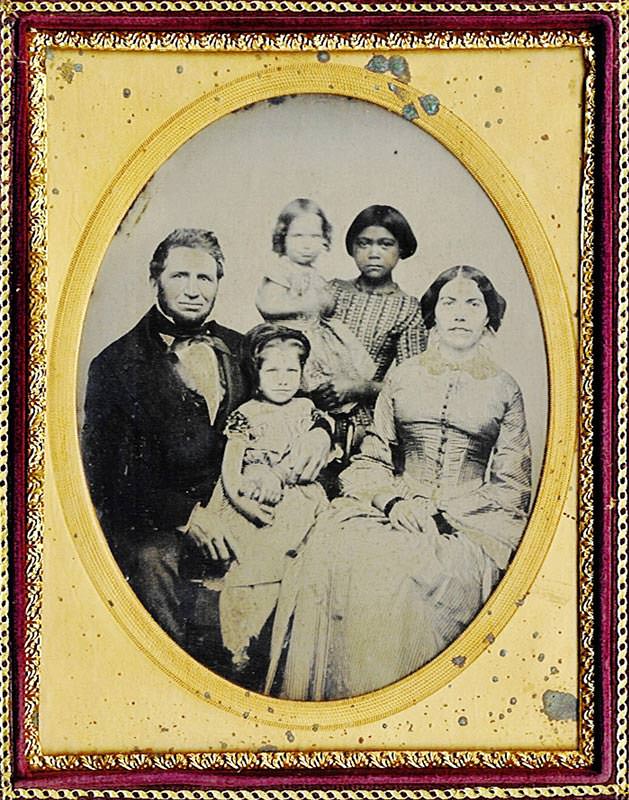
Looking to satisfy demands for cheap household labor, California passed a law that encouraged the kidnapping of Native Children.
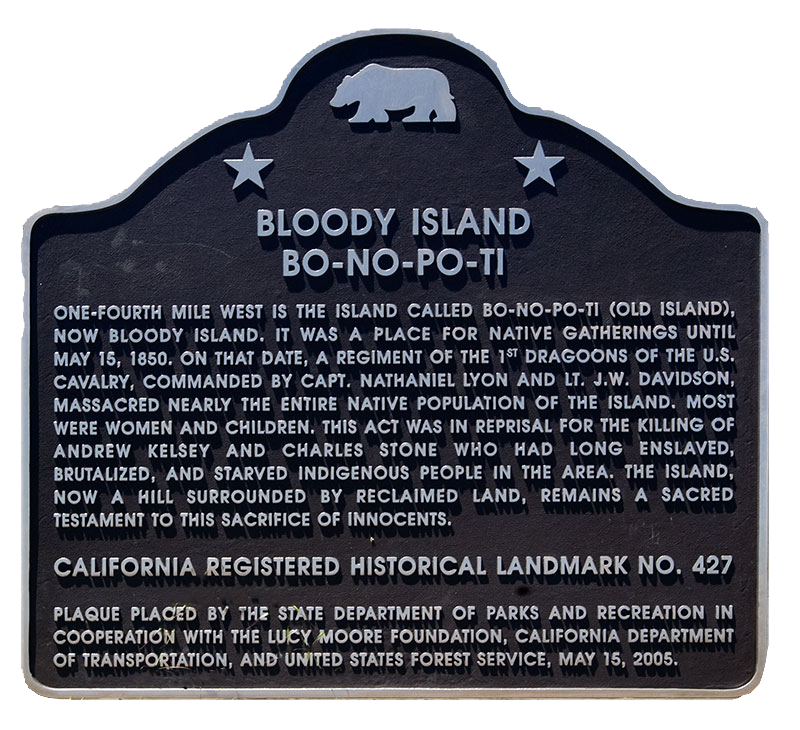
After being enslaved and starved by two white cattle ranchers, Pomo tribe members in Clear Lake rose up and killed their captors. In retaliation, government troops slaughtered as many as 200 Native people.
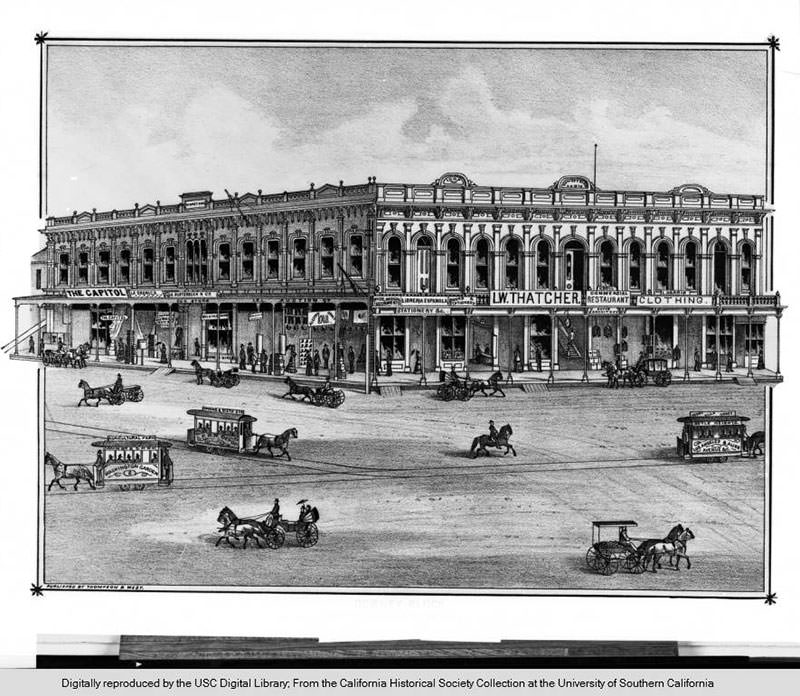
Today it’s the site of a federal courthouse in Los Angeles. But in the mid-19th century, a stretch of Main Street in downtown Los Angeles was a flourishing slave market.
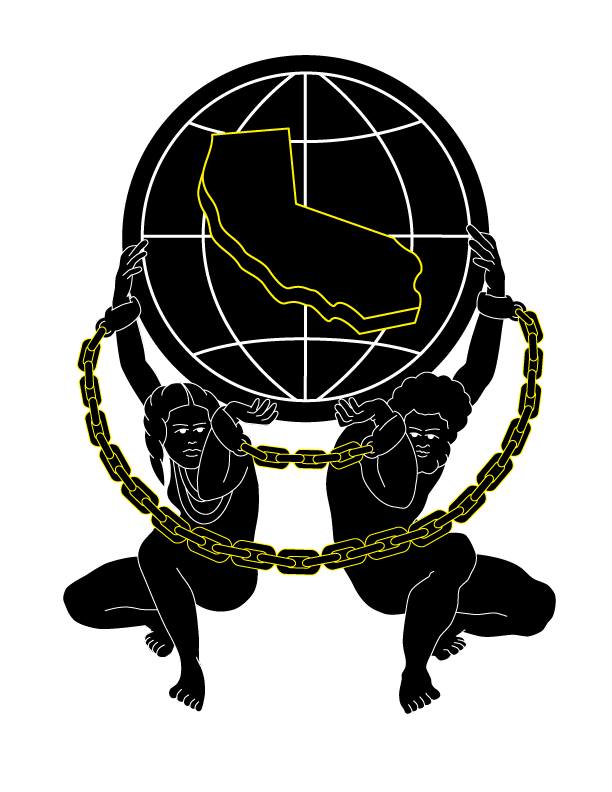
The mission of Gold Chains is to uncover the hidden history of slavery in California by lifting up the voices of courageous African American and Native American individuals who challenged their brutal treatment and demanded their civil rights, inspiring us with their ingenuity, resilience, and tenacity. We aim to expose the role of the courts, laws, and the tacit acceptance of white supremacy in sanctioning race-based violence and discrimination that continues into the present day. Through an unflinching examination of our collective past, we invite California to become truly aware and authentically enlightened.